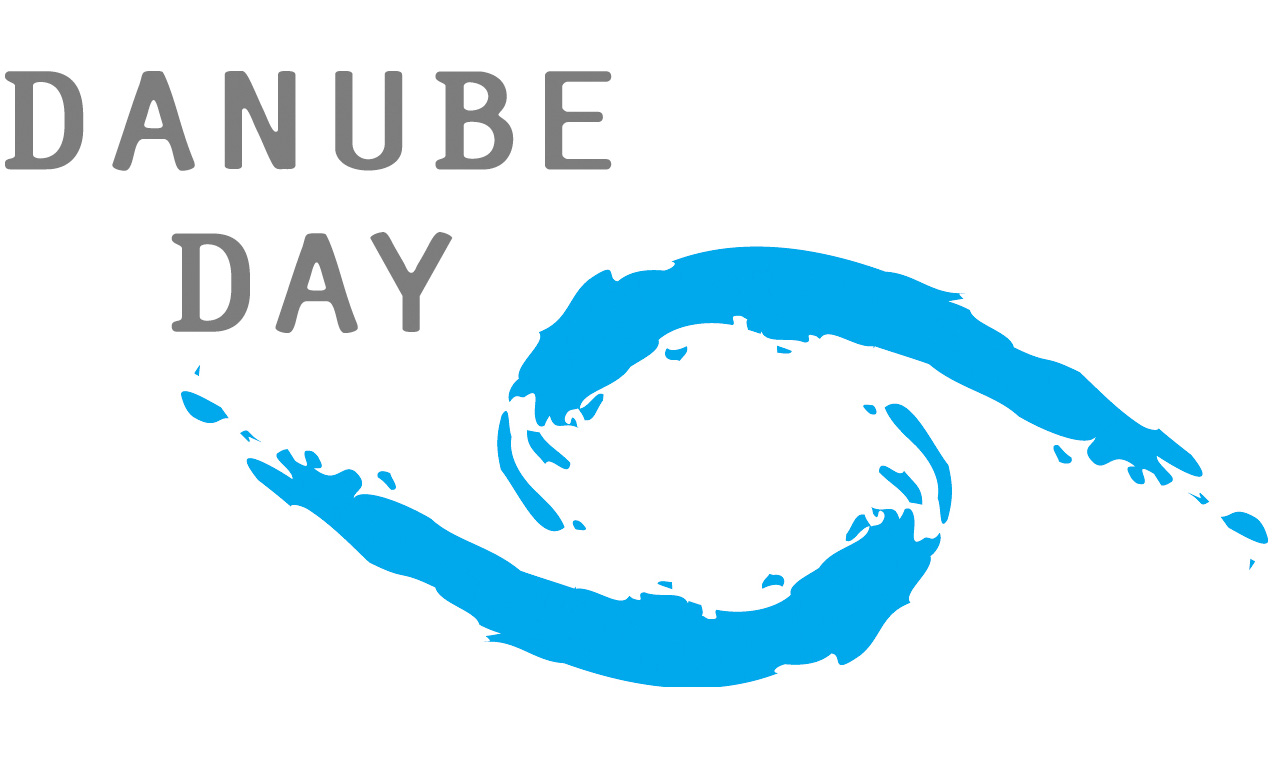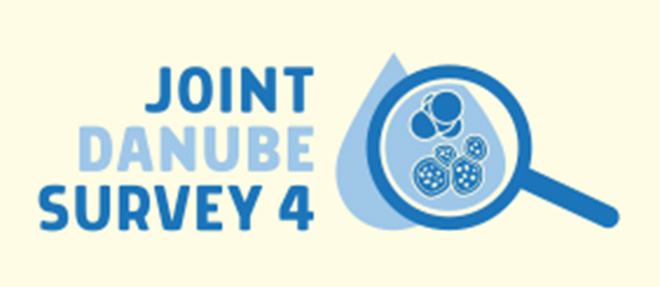Biodiversity Day 2013: Environmental education by Danubeparks
Danube Basin, 22 May 2013. With approximately 5000 native animal and 2000 plant species, the Danube River Basin is an important element in preserving biodiversity in Europe. To improve this further, educational activities are key. The Danubeparks network is now launching a new initiative in this field.

Protected areas are major players in environmental education and sustainability, feeding directly into the preservation of biodiversity. DANUBEPARKS, an observer organisation to the ICPDR, is a network of protected areas along the Danube between the Black Forest in the west and the Black Sea in the east. Starting on 28 May, DANUBEPARKS organises an assessment tour on environmental education.
The tour will lead through all ten countries along the Danube River, linking more than 30 sites which were designed to let people experience, discover and learn about nature in the floodplains. A packed program will be pursued, with field visits, interviews and sometimes long distances in between. It will be a journey to gain new experiences and ideas, to build up cooperation, to get an overview on what currently exists, and to use all these lessons for improving and completing the environmental education offers in protected areas along the Danube.
The whole journey can be followed in a blog starting from May 28th. Follow the tour through daily updates at: http://www.danubeparks.org/blogs/danube_education
This is the list of villages where the visited sites are located: Ulm - Beuron - Riedlingen - Bächingen - Neuburg - Ingolstadt - Weltenburg - Moos - Engelhartszell - Rossatz - Wien - Hohenau - Eckartsau - Bratislava - Mosonmagyarovar - Lipot - Velky Lel - Esztergom - –Visegrad - Kisoroszi - Racalmas - Kölked - Kopacevo - Tikves - Krapje - Drenov Bok - Kupinovo - Deliblato - Donji Milanovac - Orsova - Belene - Tutrakan - Ivanovo - Comana - Tulcea - Murighiol - Sf. Gheorghe - Sulina - Crisan - Galati - Slobozia Mare – Vilkovo.






